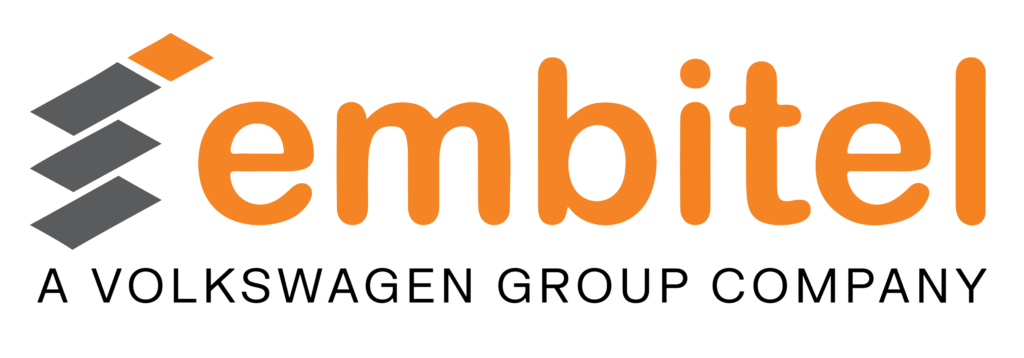About the Customer:
Our customer is a leading supplier of automotive electronics products. They specialise in the sale and support activities of battery management solutions, multimedia equipment, safety systems, and more.
Business Challenge:
- The customer desired to implement a cost-effective connected digital instrument cluster solution for Internal Combustion Engine (ICE) powered two-wheelers.
- Our automotive domain expertise that spans more than a decade, and prior experience in implementing production-grade connected digital instrument cluster solutions gave the customer confidence in partnering with us for Product Engineering Services.
- The customer’s in-house team focussed on the integration of cloud connectivity and development of the mobile application. Our team handled the design and development of core software and hardware components (while ensuring optimisation of the BOM cost).
Embitel Solution:
We developed a connected digital instrument cluster solution with the assistance of our Ecosystem Partner, by procuring a cost-effective LED screen best suited for this project.
Key features of our solution are as follows:
- The connected digital instrument cluster supports the following networking features:
- Cloud connectivity.
- Location Tracking – Achieved through Global Positioning System (GPS).
- User interaction via mobile app – Achieved through Bluetooth Low Energy (BLE).
- Functionalities such as speedometer, gear indicator and oil level indicator are supported with the help of a Digital UI.
- The digital automotive instrument cluster solution supports the following safety features:
- Tow-away alert
- Accident alert
- Vehicle theft alert
- Additional value-added features that have been incorporated in the connected cluster are:
- Helmet reminder – At the beginning of a ride, a helmet reminder notification will flash on the HMI/UI to remind the rider to wear a helmet.
- Side-stand indicator – If the side-stand of the two-wheeler is engaged while riding, there will be a notification for the same.
- Mobile signal status – The rider will be notified of the mobile signal on his/her phone through the HMI/UI.
- Turn By Turn (TBT) Navigation – The rider updates his/her destination on the mobile app. This data is transferred to the connected cluster through BLE connectivity. A part of the display unit on the cluster indicates the direction in which the vehicle will have to move in order to reach the destination. This information is displayed in the form of symbols.Since the navigation facility was not required to support the map feature, we were able to use a segmented LCD that brought down the development costs by a significant amount.
- Geofencing – The connected cluster can detect and trigger a notification when the vehicle enters or leaves a specific geographical location.
- DND Status – All incoming calls, missed calls and SMS notifications are usually displayed on the HMI/UI of the connected cluster. The rider can choose to turn on the “Do Not Disturb” status, in which case the call and message notifications are not displayed on the screen.
- Integration of FOTA update – The automotive instrument cluster solution has been integrated with Firmware-Over-The Air (FOTA) Update feature. The mobile app sends a notification to the user when a new version of firmware is available. The FOTA image is shared with the cluster through BLE connectivity and subsequently, the firmware is updated.
- Cost-effectiveness – We were able to cut down on the project development and integration costs through our expertise in connected automotive instrument cluster design. Some of the choices that helped in achieving a cost-effective solution are as follows:
- The solution was developed using a low-cost 16-bit automotive MicroController Unit (MCU).
- The utilisation of a consolidated module for GPS, GSM and BLE connectivity was instrumental in bringing down the BOM cost significantly.
- Leveraging our partnership with a leading supplier of graphical and segmented LCDs, we were able to design a unique segmented HMI/UI as part of the solution. This is a low-cost alternative to a graphical HMI/UI when bulk production is considered.
- The CPU usage was also minimised through careful selection and architecture of the LCD. This, in turn, brought down the overall cost of the solution.
- Quick solution delivery – We were able to expedite development activities and deliver the proof of concept (POC) earlier than expected through the following activities:
- We utilised the expertise of the CAD team of our LCD partner in the generation of symbols for the display.
- We were able to reduce the overall development time through the use of reference boards from multiple component vendors. This enabled the software development and testing activities to be executed in parallel with the hardware development.
Embitel Impact:
- We were able to successfully deliver a connected cluster solution and integrate it with the customer’s cloud infrastructure and mobile app within an expedited timeframe of 6 months.
- The solution was developed to be extremely cost-effective.
Tools and Technologies:
- Open source Eclipse IDE was used for the firmware development.
- For the hardware development, we used a 16-bit microcontroller configured for automotive applications.
- We used existing reference models from hardware vendors for the software development and testing activities.
- OrCAD standard tools were used for hardware development.



